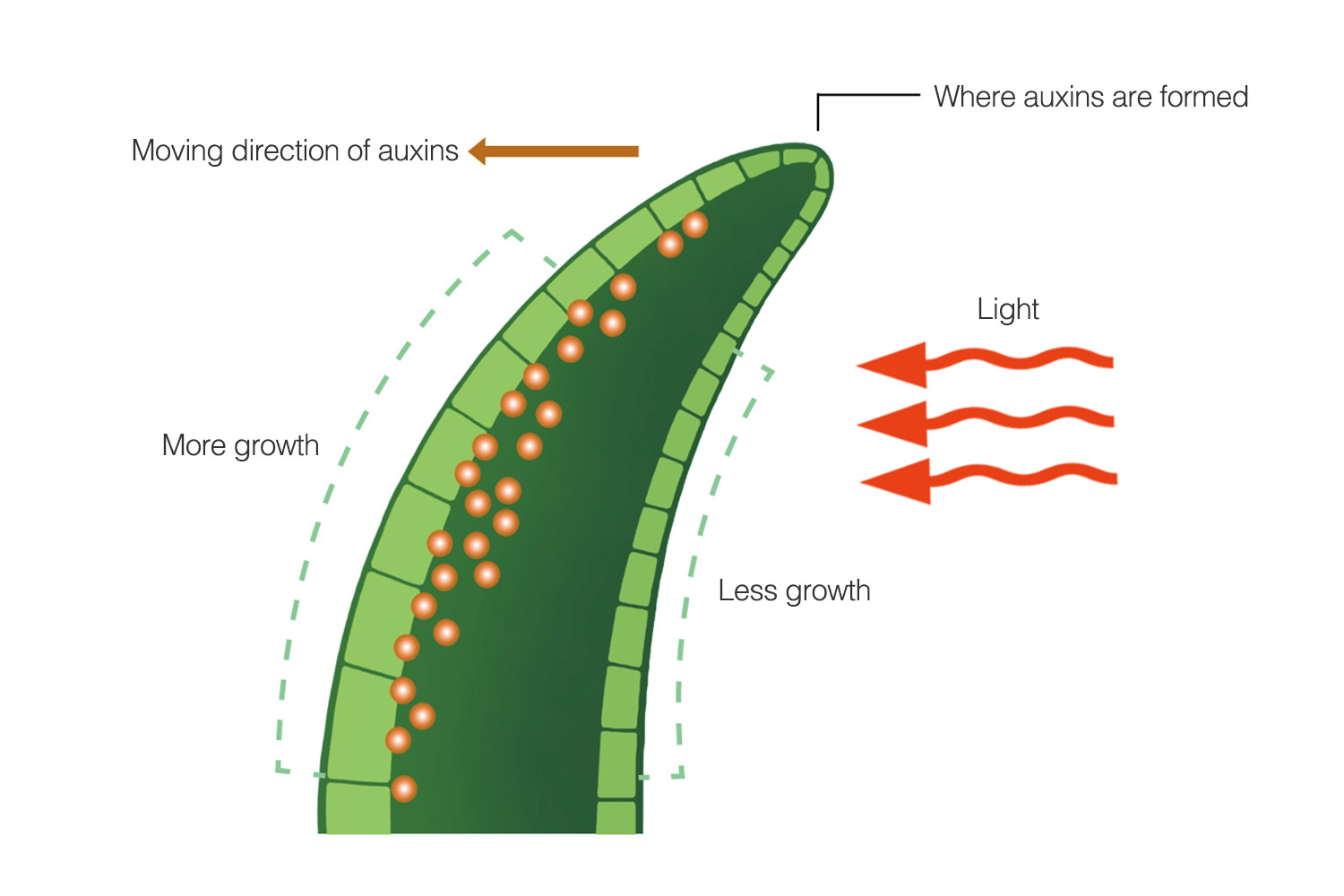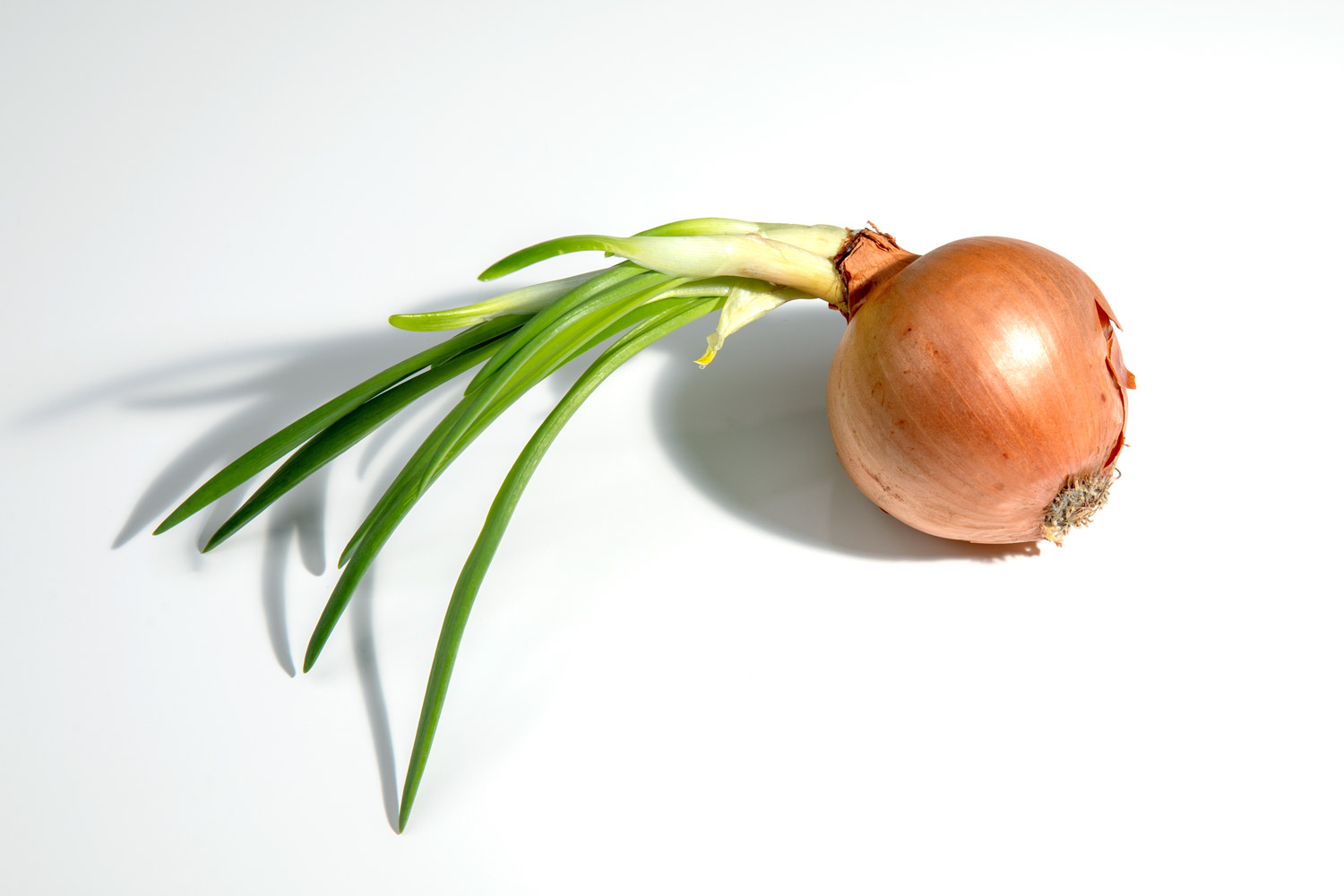In Korea, you can sometimes see the expression, “The National Assembly in a vegetative state,” on the newspaper. It is a sarcastic expression indicating the National Assembly which causes a high social cost without doing its duty. A patient who is in coma and whose brain does not function is also described as “being in a vegetative state.” Like this, something or someone that has lost the ability of performing functions is likened to a vegetable. Then do plants really have no ability to perceive anything as we assume?
Mimosa pudica which is also called “sensitive plant” challenges our prejudice. Mimosa pudica’s leaves quickly fold when touched; it seems that they react to being touched. The secret of its movement is found in pulvinus at the base of a leaf stalk. As the cells in the pulvinus contain a large amount of moisture, the cell walls receive pressure, which causes the leaves to spread straight. However, when the leaves feel a sudden touch, the cell water drains out and the leaves fold. This reaction of mimosa pudica is defensive behavior against attack by insects.

The dancing plant, which created a great sensation at the Kunming Flower Exhibition in China in 1999, has a special ability. It is neither fancy-looking nor especially fragrant, and it is very hard to raise it. However, it shows its real value when music is on. Its small leaves move flexibly as if a ballerina dances. The leaves move obviously that we can notice it right away. Dancing plant dances more actively in a sunny, warm, and humid environment, and it is more sensitive to a high-pitched song sung by a child or a woman. Scholars assume that dancing plants move as their pulvinus reacts to the sound waves just like mimosa pudica.
Although not all plants show immediate reactions like mimosa pudica and dancing plants, most of them constantly accept stimulation and move. Plants that move along the sunlight like the sunflower move their heads towards the sun. When the sun sets, they move their heads towards the direction where the sun will rise next day. If you turn a plant the other way, it moves towards light again. Plants can’t photosynthesize without light. That is why they sense the direction where light comes from and move diligently to receive as much sunlight as possible.
The walking palm, which grows wild in rainforests in tropical Central and South America, even has power to move as you can see in the name. Walking palms walk towards the sunlight by rooting down in the sunny spot and letting the roots on the other side rot away and cutting them off. Unlike the other trees, most of their roots are exposed on the ground surface as they don’t root down deeply, and they can move from 4 ㎝ [1.6 in] up to 20 ㎝ [7.9 in] per year.

Then how can plants sense the sunlight though they don’t have eyes? The nature of plants that grow in response to a light stimulus is called phototropism. Generally, growth of stems and leaves towards a light source is called positive phototropism, and growth away from light is called negative phototropism.
Phototropism is a phenomenon that occurs by the hormones called auxins which have a role in coordination of growth processes. Auxins have nature to move away from light and towards gravity. Auxins of high concentration accelerate the growth of stems and leaves. In stems and leaves, auxins are concentrated on the other side of light, and that side grows more, which makes the side that receives light bends towards the light. And as auxins are concentrated towards gravity, stems and leaves grow upward.

You probably have seen an onion that has sprouted inside a refrigerator. Although there is no light inside the refrigerator, onions still sprout somehow. The green sprout of an onion grows upward as it bends. Even a tree that grows on a cliff does not grow straight from the surface, but towards the sky. It means that even plants sense gravity.
The phenomenon that the stems of plants grow upward and roots downward, sensing gravity, is called gravitropism. Gravitropism of plants seems simple, but its biological system is very complicated, which causes scientists a headache.

When we tilt our heads, we can easily feel that our heads are tilted. It is because the vestibule in the inner ear has small calcium carbonate crystals called otolith. When we tilt our heads, the otoliths move according to gravity to stimulate hair cells that send signals down the nervous system, which is interpreted by the brain as motion. Solids like otoliths are also called statoliths.
About a hundred years ago, botanists discovered small grains made of starch which looked similar to statoliths in a specific cell at the end of the root. Now they assume that plants sense gravity as these grains move according to gravity. Chara globularis, commonly known as stoneworts, quickly forms a rhizoid of a few centimeters long when some of its root is broken off. If you look at the rhizoid, which consists of a clear cell like glass, through a microscope, you can see many particles moving inside the cell as well as twelve statoliths rolling around.
When the rhizoid of chara globularis is twisted horizontally, the statoliths inside the cell slowly move to the direction of gravity. They go exactly towards the cell wall on the bottom. About three minutes later, the statoliths are all on the bottom, and as soon as they hit the cell wall, the rhizoid starts to swirl at great speed. Within two hours, the rhizoid cells make a vertical turn completely. So plants change their direction, depending on the location of the statoliths, just like animals. However, the mechanism on how the statoliths induce auxins, which are located far physically, to accumulate hasn’t been proven yet. It is just assumed that it is done through the structural frame inside the cell.
There are many things about plant perception that are not proven yet. But what is for sure is that plants that look trivial do recognize their surroundings. They sense where light is, feel gravity, react to external environments, and move by changing their shapes. How could plants have this amazing power?
- Sources
- Daniel Chamovitz, What a Plant Knows, Scientific American / Farrar, Straus and Giroux, 2012
- Volker Arzt, Intelligent Plants (in German), Goldmann, 2011
- Lee Wan-ju, Green Music Farming Methods (in Korean), Deulnyeok, 2011
- Kim Yeon-hee, Plants reacts to external stimulus and move (in Korean), Science Times, August 30, 2010